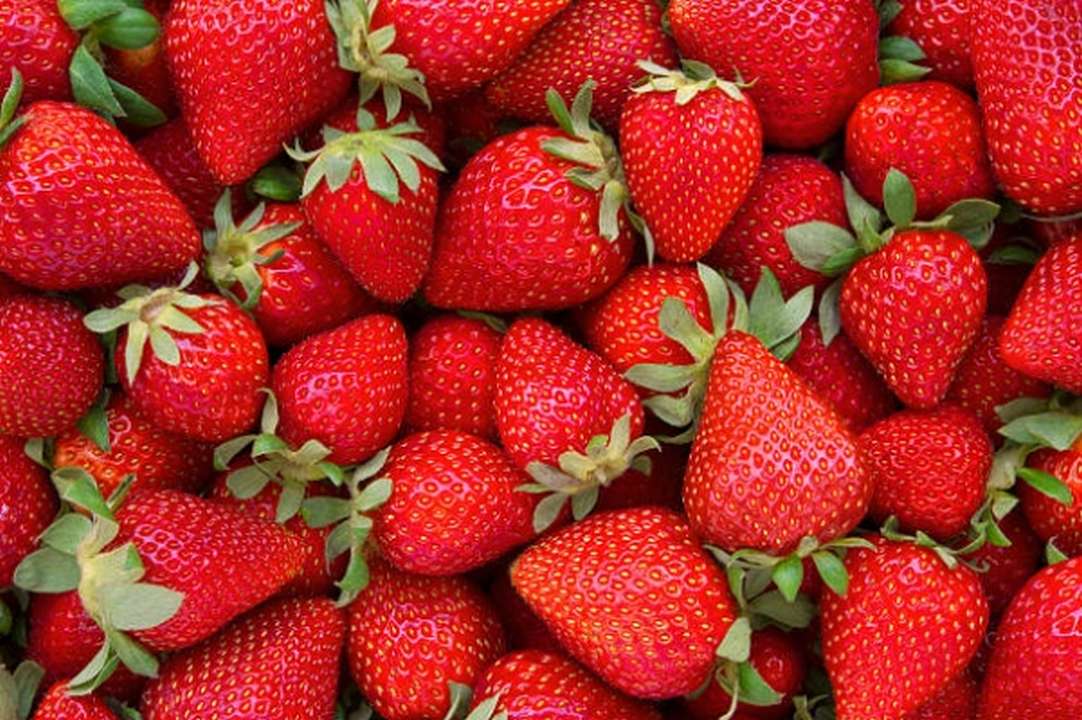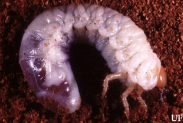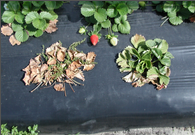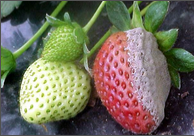Pusa Early dwarf: Dwarf variety, suitable for north Indian plain. It has large firm wedge-shaped fruits. It is high yielding variety.
Katrain Sweet: It is rich in aroma and is softer in taste. It has big sized plants, cone shaped fruits and is good in taste. Fruits are red in color and are soft.
Chaubatia Abhichal: It has red color fruits which are hard and large in size. It gives an average yield of 295-300gm fruits per plant.
Shasta: This is big sized, hard and are good fruits producing variety. The variety is resistant to bacterial disease. It has light red color fruits.
Redfort: It is high yield giving and early maturing variety. It has small plant and leaves and fruits are hard. It can be transported to long distances.
Kavalier: It is an early maturing variety which is good for fruit production. It has small plant and is spreading type. The fruits are big in size; cone shaped and is light red in color.
Alibritton: It is late maturing and big shaped variety, hard fruits which are aromatic. It is good and commercial purpose variety.
Robinson: It is mid-maturing variety; a big sized fruit which gives more yield and is light in color. The variety is resistant to bacterial disease.
Chandler: The variety is fast growing and spreading variety. Fruits are hard having flesh, juicy and big in size. This variety is good for storing in cans. It gives an average yield of 966gm fruits per plant.
Sweet Charlie: It is fresh eating variety. It has big sized fruits which becomes deep red at maturity. Fruits are sweet in taste but storage capacity is low. It gives an average yield of 1kg fruits per plant.
Other state varieties:
Tioga: It has large shaped fruit, flesh and peel is relatively hard and tasty, good keeping quality, suitable for transportation. It contains 0.70% acidic and 7.0% T.S.S content. It is resistant to bacterial disease.
Torrey: It has large shaped fruit which is cone shaped, flesh and peel is relatively less thick, good in taste, suitable for transportation and has good quality. The fruits start mature in first week of April. It contains 0.70% acidic and 7.0% T.S.S content.
Selva (mid hills): Unaffected variety from long day, cone shaped fruit, sweet flesh which is hard and red in color, sweet-sour in taste, more storage capacity, less danger of pest and diseases. It gives an average yield of 200-250gm/plant.
For the hilly areas Srinagar, Royal Sovereign and Dilpasand are suitable.











